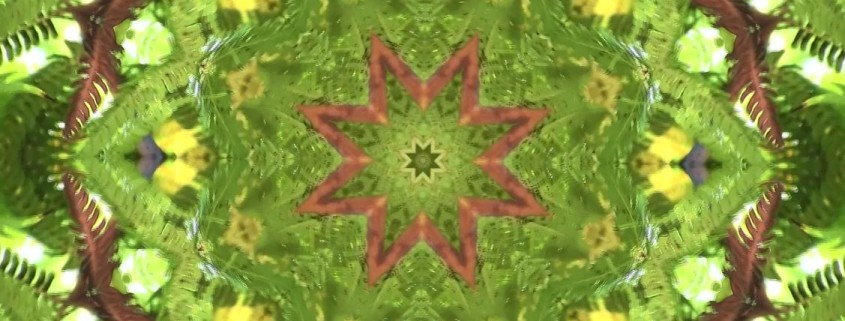
I am proposing to undertake practice-led research into the potential for audiences to have a meditative experience – to find ‘peace’ – when viewing water.
Water is a universal metaphor for consciousness, perception and feeling. Perhaps because it comprises a large part of our human body, and is essential for life, water is not only fundamental to our actual existence, it also represents our inner lives. With its unique combination of constancy/ubiquity and infinite variance, water is a cypher for many layers of human experience.
During dreams, we use water to communicate our state of consciousness to ourselves. Many people will be familiar with the well documented metaphors that our unconscious uses to communicate our emotional state to our consciousness, through dream affects, scenarios and symbology. Clear shallow water represents a clear and unproblematised emotional state; pounding, relentless and dragging surf suggests we are finding times emotionally ‘rough’, a situation is dragging us down, and under; turbid, unappealing water might communicate that there are aspects of our current emotional state that are clouded, polluted or stagnant.
Metaphorically, water asserts itself in every culture as a symbol of abundance, transformation and depth potential, in the stories and shapes of water gods, goddesses and creatures of all kinds – some personifying the dangers of visiting ‘the depths’, others celebrating the bravery and spirit of those who do. Some – like Neptune of the western pantheon – represent both the beauty and intensity of grand illusion, and the crashing depths of dis-illusion.
Yet behind all these centuries of cross cultural symbology, myths and meta-narratives, lies the subtle but constant variance of water – influenced by turbidity, surface tension, light refraction and angle, amongst other things. These characteristics of variant invariance* make water a perfect medium for an exploration of “immersion”. I define “audience immersion” – a hot, over-used term – as that state that can potentially arise out of the absence of excessive variance of information. First, we know that while there is a threshold for stimulation, there is no threshold for perception. So, if people are exposed to a situation which is relatively free from constant stimulations arising out of difference (e.g. changes to intensity, pitch, dynamics), we can explore the extent to which variance in the ubiquity of water, has the potential for heightened perception in the absence of excessive stimulation. As James Gibson said – to perceive the world is to co-perceive oneself, so if one’s perception is of peace in the form of subtly changing water, then one’s co-perception of oneself would also be a sense of subtle change yet constancy.
During the residency I will explore these ideas; iterative with this research, I would love an opportunity to develop a video projection outcome to test and advance my ideas with the SCANZ audience.
* James J. Gibson – An Ecological Approach to Visual Perception, Lawrence Erlbaum Associates 1979-1986


